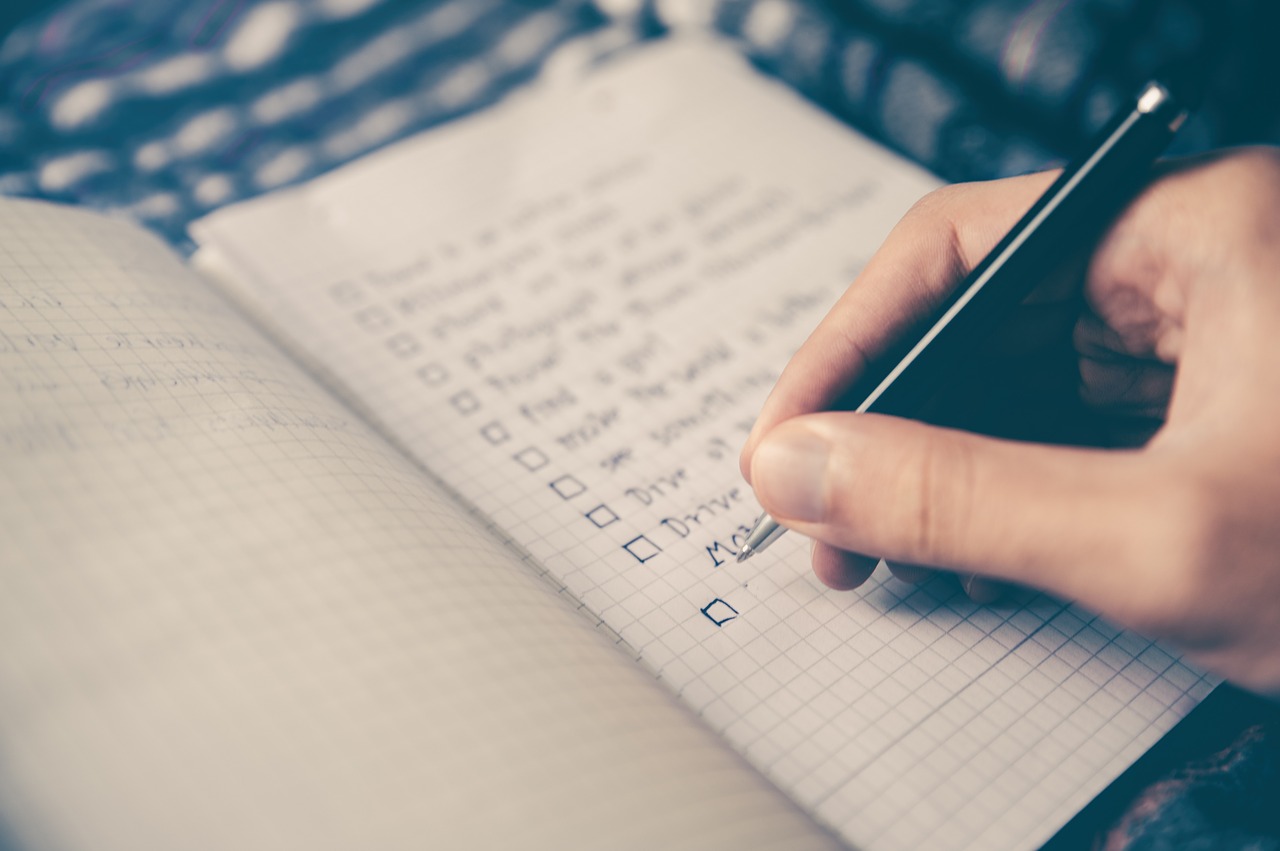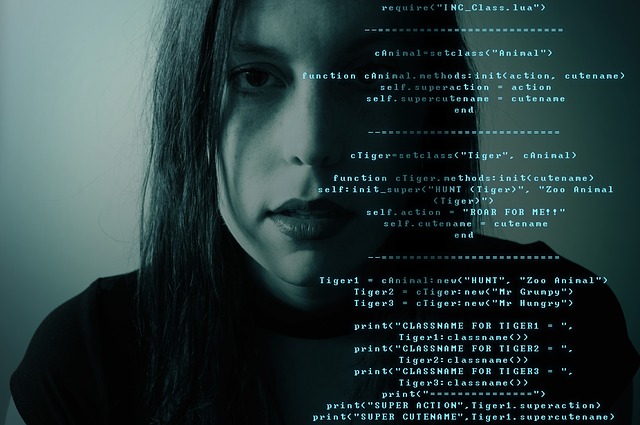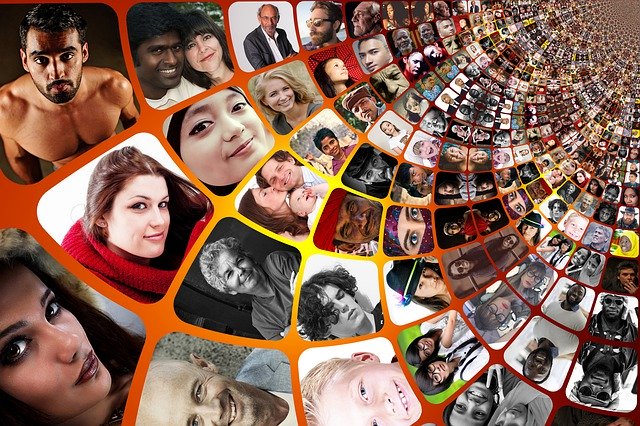Are you one of those people who worry about online data security? Here’s the internet safety rules checklist.
There were around 1.2 billion data breaches in 2018 alone. As technology and life online take over, protecting ourselves and our information on the internet and social media has become more critical than ever.
Wouldn’t a checklist showing you how to improve your social media privacy be useful? We think so, too. Here, you can find all the key factors you should consider while using social media.
READ ALSO: The Ultimate Social Media Security Guide for Individuals and Businesses
Table of Contents
Internet Safety Rules Checklist
1. Account privacy settings
Each social media platform has a settings page in which you can choose who can access your profile and view your content. Make sure that your account is set to private. This means that people will have to ask to view your profile, which they can only do if you accept their request.
Public accounts mean that anybody can see the photos you choose to post, send you a message and share your content. This can be dangerous, as hackers will have better access to your personal information. In September 2018, 45% of social media users in America claimed that all of their account profiles were private. Join them and help to grow this number. It is better to keep your social media life confidential.
2. Strong passwords
Use a robust and complicated password that no one can guess. Birthdays and names are not a good idea. Make sure that you also use a different password for each account. If all your passwords are the same, hackers only take one site with bad security to access your profiles. This also leaves your private, personal information exposed.
CHECK OUT: SecureBlitz Strong Password Generator
3. Multi-factor Authentication
This ensures your social media privacy even more, requiring you to add more information or use another device to access your account. For example, if you enable multi-factor authentication when you try to log in to your computer, it may send a code to your phone, which must be input into your computer to gain access. As cybercriminals or thieves are likely to have access to only this one device, it is less likely that they will be able to access your profile and personal information.
4. Log Out
After scrolling on social media, you should never forget to log out. This is good practice for when you are using public computers. A cookie is created every time that you log into an account. Cookies record your browsing activity and can identify you. You should always log out when using social media or sites that register sensitive information, such as financial details and your address.
5. Review tagged photos
Often, your friends and family tag you in posts, photos and videos on social media platforms. On your settings page, you can activate ‘review tagged photos’. This requires approval before you are tagged in a photo by a friend. This prevents your friends from ordering you in any images that you don’t want to be associated with your account.
6. Is the site safe?
Ensure you visit safe and secure websites for online shopping, browsing or communicating. You can look for the key signs of a fraudulent website, such as spelling and grammatical errors and pop-ups. These sites can give your computer a virus, leaving the information vulnerable. To ensure that your website is reliable and safe, look for the ‘s’ in the ‘https’ at the beginning of the website link. The ‘s’ stands for secure. It is essential to ensure your privacy on the internet and social media.
7. Do you know this person?
Be cautious of messages that you receive from strangers. Don’t click on any links, reveal personal information or meet up with anybody you don’t know personally. It is common for individuals to pose as others to instigate relationships or acquire money from vulnerable social media users. From 2017 to 2018, Facebook removed around 1.3 billion fake accounts from their system. Despite this, a figure between approximately 66 million and 88 million false profiles remains. Be cautious and do not interact with strangers; ensure your friend’s social media profiles look genuine.
8. Clear your browsing history
As mentioned earlier, cookies can identify you as a user. Cookies are mainly used to track your browsing activity and preferences. However, hackers can use them to access your information. It is a good idea to clear your browsing history occasionally to erase these cookies and the data stored with them.
9. Be selective and reserved
Don’t post anything that you may regret posting or want to delete at some point. Anything posted on the internet will remain there forever. Even if you delete it, it can be retrieved. Information you should not post on social media includes your address, location, full name, the company you work for, and financial information. This is not an exhaustive list. Be sensible; think about what you post and how it can be used. Being reserved is vital for social media privacy. If you don’t put it out there, it is harder to steal it.
Internet Safety Rules Checklist: FAQs
Staying safe online is crucial for everyone, regardless of age or technical expertise. An internet safety checklist can be a valuable tool to remind yourself and others about essential practices for a secure and positive experience in the digital world. Here are answers to frequently asked questions about internet safety checklists:
Who can benefit from using an internet safety checklist?
Anyone who uses the internet can benefit from an internet safety checklist, including:
- Children and teenagers: They are particularly vulnerable to online risks and can benefit from clear and age-appropriate guidelines.
- Adults: Even experienced users can benefit from a periodic check-up to ensure they are following secure practices.
- Families: A shared checklist can help families establish consistent online safety habits and open communication about responsible internet use.
What should be included in an internet safety checklist?
While specific content might vary, some essential areas to cover in an internet safety checklist include:
- Password security: Creating strong and unique passwords, using password managers, and avoiding password sharing.
- Social media awareness: Being cautious about what you share online, understanding the privacy settings of different platforms, and being mindful of online interactions.
- Phishing and scams: Recognizing the signs of phishing attempts, not clicking on suspicious links or attachments, and verifying information before acting on any online request.
- Downloading safely: Only downloading software and files from trusted sources, being wary of free software offers that might seem too good to be true, and keeping software updated.
- Cyberbullying: Understanding the impact of cyberbullying, treating others with respect online, and knowing where to report cyberbullying incidents.
Where can I find an internet safety checklist?
Several resources offer internet safety checklists, including:
- Government websites: Many government agencies provide resources on online safety, including downloadable checklists.
- Cybersecurity organizations: Non-profit organizations focused on cybersecurity often offer educational materials and checklists.
- Tech companies: Some tech companies include safety checklists within their parental control settings or online resources.
- Educational institutions: Schools might provide internet safety checklists for students and parents.
How can I customize an internet safety checklist?
You can customize an internet safety checklist by adding specific points relevant to your individual needs or family situation. For example:
- Tailor the language: Use age-appropriate language for younger users.
- Address specific concerns: Include reminders about online games or social media platforms your family uses frequently.
- Adapt for different devices: Consider separate checklists for computers, smartphones, and tablets, as security needs might differ.
By utilizing and customizing an internet safety checklist, you can create a valuable tool to promote safe and responsible digital habits for everyone in your household or community.
Conclusion
The listed vital points to consider when using the internet are critical. Each of them will help to protect you against hackers, cybercriminals and false profiles, ensuring that your personal information remains private and secure, as it should be.
With this internet safety rules checklist, you should be able to protect yourself from data breaches and take charge of your social media privacy.
RELATED POSTS
- Most Effective Cybersecurity Strategy For A Small Business [We Asked 45+ Experts]
- 12 Worst Data Breaches In History
- Twitter Hack: Major Celebrities Accounts Used For Bitcoin Scam
- Is TikTok Dangerous Or Safe?
- 5 Checklist For Choosing A VPN Service Provider
- Implementing SaaS Security – A Checklist
- HIPAA Compliance Checklist To Ensure Data Security And Privacy
- Online Privacy Explained: What It Is, Why It’s Important, and How to Protect It
About the Author:
Gina Lynch is a VPN expert and online privacy advocate who stands for the right to online freedom. She is highly knowledgeable in the field of cybersecurity, with years of experience in researching and writing about the topic. Gina is a strong advocate of digital privacy and strives to educate the public on the importance of keeping their data secure and private. She has become a trusted expert in the field and continues to share her knowledge and advice to help others protect their online identities.









